Inbox and Environment News: Issue 406
May 26 - June 1, 2019: Issue 406
Seawind 3000 On Station Beach

Coordinator-General To Set Adani Timeline
- Take a stronger oversight role across the Adani approvals process timeline;
- Report back to her by the end of the week setting out a clear plan for timeframes for both the company and the regulator to adhere to; and
- Seek to ensure neither party is responsible for unnecessary delays in the approvals process.
Queensland Premier Highlights Resource Exports At Mackay's Hay Point Terminal
- LNG exports rose by $4.8 billion
- Metallurgical coal rose by $3.9 billion
- Other minerals rose by $1.3 billion.
- Approval of an environmental impact statement for the $1 billion Olive Downs coal mine project* that will support 1,000 jobs during operation and 500 in construction.
- Coordinated project declaration to reduce red tape for the $1 billion Winchester South project near Moranbah with another 950 jobs
- Petroleum lease approval of Arrow Energy’s $10 billion Surat Basin gas project that will support 1,000 jobs
- First contracts sealed for gas for Australian manufacturers from Senex’s Project Atlas
- Coordinated project status for the $1.4 billion Sconi nickel, cobalt and scandium mine at Greenvale near Townsville, supporting 500 jobs
- The start of operations at Rio Tinto’s $2.6 billion Amrun bauxite mine
- Approval of mining leases for Fitzroy Australia Resources’ Ironbark No. 1 coal mine
- The opening of Jemena’s $800 million Northern Gas Pipeline from Mount Isa to the Northern Territory, supporting 431 jobs
- Around 55 square kilometres of koala habitat will be cleared, with the coordinator-general recommending a significant offset to protect the vulnerable species.
- The mine site, considered one of Australia's biggest, also includes 11 highly significant wetlands.
- During the QLD Government's required public consultation process, not one environmental group made a submission.
- Pembroke Resources' Olive Downs project is digging for coking, or metallurgical coal, which is a vital ingredient to make steel and not considered as harmful to the environment.
A Report Claims Koalas Are ‘Functionally Extinct’ – But What Does That Mean?
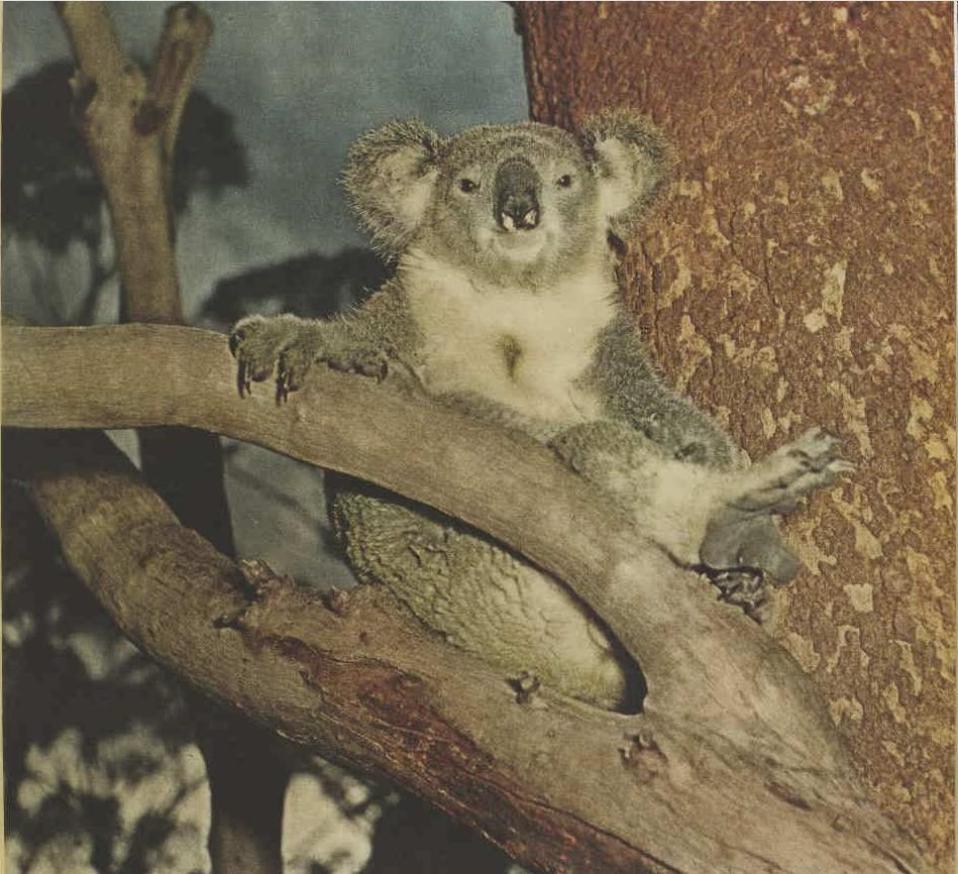
May 10, 2019: Australian Koala Foundation report states koalas are ‘functionally extinct’ - Photo: Koala in Mona Vale in 1958 from Australian Women's Weekly Article - Koalas are definitely extinct in Pittwater.
May 10, 2019
by Christine Adams-Hosking
Honorary Research Fellow, The University of Queensland
Today the Australian Koala Foundation announced they believe “there are no more than 80,000 koalas in Australia”, making the species “functionally extinct”.
While this number is dramatically lower than the most recent academic estimates, there’s no doubt koala numbers in many places are in steep decline.
It’s hard to say exactly how many koalas are still remaining in Queensland, New South Wales, Victoria, South Australia and the Australian Capital Territory, but they are highly vulnerable to threats including deforestation, disease and the effects of climate change.
Once a koala population falls below a critical point it can no longer produce the next generation, leading to extinction.
What does ‘functionally extinct’ mean?
The term “functionally extinct” can describe a few perilous situations. In one case, it can refer to a species whose population has declined to the point where it can no longer play a significant role in their ecosystem. For example, it has been used to describe dingoes in places where they have become so reduced they have a negligible influence on the species they prey on.
Dingoes are top predators, and therefore can play a significant role in some ecosystems. Our innocuous, leaf-eating koala cannot be considered a top predator.
For millions of years koalas have been a key part of the health of our eucalyptus forests by eating upper leaves, and on the forest floor, their droppings contribute to important nutrient recycling. Their known fossil records date back approximately 30 million years so they may have once been a food source for megafauna carnivores.
Functionally extinct can also describe a population that is no longer viable. For example in Southport, Queensland, native oyster reef beds are functionally extinct because more than 99% of the habitat has been lost and there are no individuals left to reproduce.
Finally, functionally extinct can refer to a small population that, although still breeding, is suffering from inbreeding that can threaten its future viability. We know that at least some koala populations in urban areas are suffering in this way, and genetic studies on the Koala Coast, located 20kms south-east of Brisbane, show that the population is suffering from reduced genetic variation. In South East Queensland, koalas in some areas have experienced catastrophic declines.
We also know that koala populations in some inland regions of Queensland and New South Wales are affected by climate extremes such as severe droughts and heatwaves and have declined by as much as 80%.
Exhaustive multi-disciplinary koala research continues apace in an effort to find ways of protecting wild koala populations and ensuring that they remain viable now and into the future. Habitat loss, population dynamics, genetics, disease, diet and climate change are some key areas being studied.
How many koalas are there?
Koala researchers are often asked “how many koalas are in the wild?” It’s a hard question to answer. Koalas are not stationary, are patchily distributed throughout an extremely wide range encompassing urban and rural areas in four states and one territory, and are usually difficult to see.
To determine whether each population of koalas scattered across eastern Australia is functionally extinct would require a gargantuan effort.
In 2016, in an attempt to determine population trends for the koala within the four states, a panel of 15 koala experts used a structured, four-step question format to estimate bioregional population sizes of koalas, and changes in those sizes.
The estimated percentage of koala population loss in Queensland, New South Wales, Victoria and South Australia was 53%, 26%, 14% and 3%, respectively. The estimated total number of koalas for Australia was 329,000 (within a range of 144,000–605,000), with an estimated average decline of 24% over the past three generations and the next three generations.
Since May 2012, koalas have been listed as vulnerable in Queensland, New South Wales and the Australian Capital Territory because populations in these regions have declined significantly or are at risk of doing so.
In the southern states of Victoria and South Australia, koala populations vary widely from abundant to low or locally extinct. Although not currently listed as vulnerable, these koalas are also experiencing a range of serious threats, including low genetic diversity.
To date, the present “vulnerable” listing has not achieved any known positive results for koala populations in Queensland and New South Wales. In fact, recent research invariably shows the opposite.
This is because the key threats to koalas remain, and are mostly increasing. The primary threat is habitat loss. Koala habitat (primarily eucalyptus woodlands and forests) continues to rapidly diminish, and unless it is protected, restored, and expanded, we will indeed see wild koala populations become “functionally extinct”. We know what comes after that.
This Article first appeared in The Conversation. Republished under Creative Commons licence.
Australian Koala Foundation Calls On The New Prime Minister To Protect The Koala
May 10, 2019
The Australian Koala Foundation (AKF) believes Koalas may be functionally extinct in the entire landscape of Australia.
In letters to Prime Minister Morrison and Opposition Leader Bill Shorten, Deborah Tabart OAM, Chairman of the AKF said the Koala’s fate is in their hands. The AKF has received no response.
“The AKF thinks there are no more than 80,000 Koalas in Australia. This is approximately 1% of the 8 million Koalas that were shot for fur and sent to London between 1890 and 1927,” Tabart says.
Since 2010, the AKF has monitored the 128 Federal electorates that fall within the range of the Koala and it is shocking that 41 electorates have no Koalas; they are extinct.
Over 31 years the AKF has worked with 13 Environment Ministers, many which could be described as the ‘Who’s Who’ of the political elite and nothing has happened except dead Koalas in the wild.
Deborah Tabart OAM expresses: “I am calling on the new Prime Minister after the May election to enact the Koala Protection Act (KPA) which has been written and ready to go since 2016. The plight of the Koala now falls on his shoulders.”
“After 31 years I have worked with Ministers Richardson, Kelly, Faulkner, Hill, Kemp, Campbell, Turnbull, Garrett, Burke, Butler, Hunt, Frydenberg, and Price yet no support for the Koalas have been shown. I have heard every excuse under the sun to not step in and protect habitats. It is time they enacted the KPA and create change for our Koalas,” says Tabart.
The Senate Inquiry in 2011 exposed the Koala was in trouble. Since then not enough has been done to protect their habitat. It is the AKF’s view that politicians have abrogated their responsibilities. “While sitting in the Senate Inquiry you could hear industry pleading with the Senators to continue allowing them to have their way with habitats around the country” said Tabart.
Labor had the opportunity to establish a Koala Recovery Plan in 2012 before they lost power to the Coalition in 2013. No one has written anything to protect the Koala in the last six years of Government. A National Recovery Plan, mandated by law, has still not been written. The latest Senate Inquiry into Australia’s Faunal Extinction Crisis has proved that the Environment Protection and Biodiversity Conservation (EPBC) Act is inadequate.
Tabart has written to all sitting members who live in Koala habitat and said that the Koala Protection Act could and must work closely with new proposed environmental laws, promised by Labor and the Greens. What happens if they don’t win? Even if they do, these laws could take years.
“Unlike some of my younger conservation colleagues, I have seen the Koala betrayed before. I have heard many empty promises from members of Government pretending to protect the Koala. Look where we are now. The Koala Protection Act will work and it is ready to go” says Tabart.
The KPA was written to protect not only the Koala but also its trees. Good industry leaders, including farmers, should not be scared of a new approach.
Koalas and industry can work together like Koala Beach, the Koala friendly development.
Tabart expresses: “The most sickening thing about existing legislation is the fact that industry are given a permit ‘to take’ which is a nicer word for ‘kill’.
All of the other species in those trees don’t even get that permit and die in silence.”
It is time for it to stop and it is time for Australian forests to be protected.
The new Australian Government could swiftly put the Koala Protection Act in place. “Both parties say they want to protect the environment. It would be a great way to start by protecting Koala forests which cover 20% of our continent,” says Tabart.
The Koala Protection Act is based on the Bald Eagle Act which works with both the Federal Endangered Species Act and the Environment Protection Authority in the USA. The Bald Eagle Act was successful because there was political motive to ensure their icon did not go extinct. It is time for the Koala to be afforded the same respect.
Tabart says “I know the Australian public are concerned for the safety of Koalas and are tired of seeing dead Koalas on our roads. It is time for the Government to respect the Koala and protect its habitat.”
Our tourist icon is ready to leave and no, zoos are not the answer. Saving their habitat is.
Find information about the habitats and Koala numbers in each Federal electorate at: www.savethekoala.com/our-work/act-or-axe
Tropical Pacific Variability Key For Successful Climate Forecasts
Natural Environments Favour 'Good' Bacteria
Scientists Discover The Source Of New CFC Emissions
Mapping The Global Distribution Of Phytoplankton
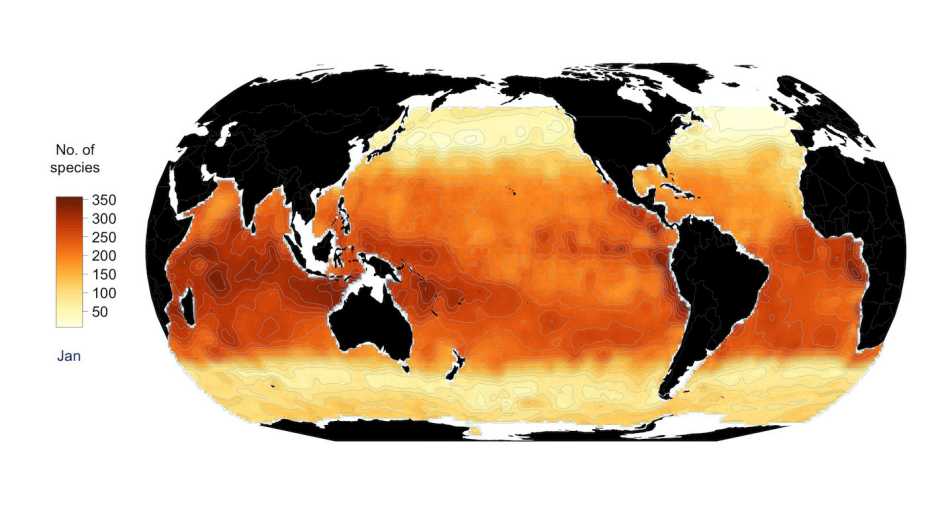
Urgent Call To Fill Big Gaps In Knowledge About Black-Throated Finch
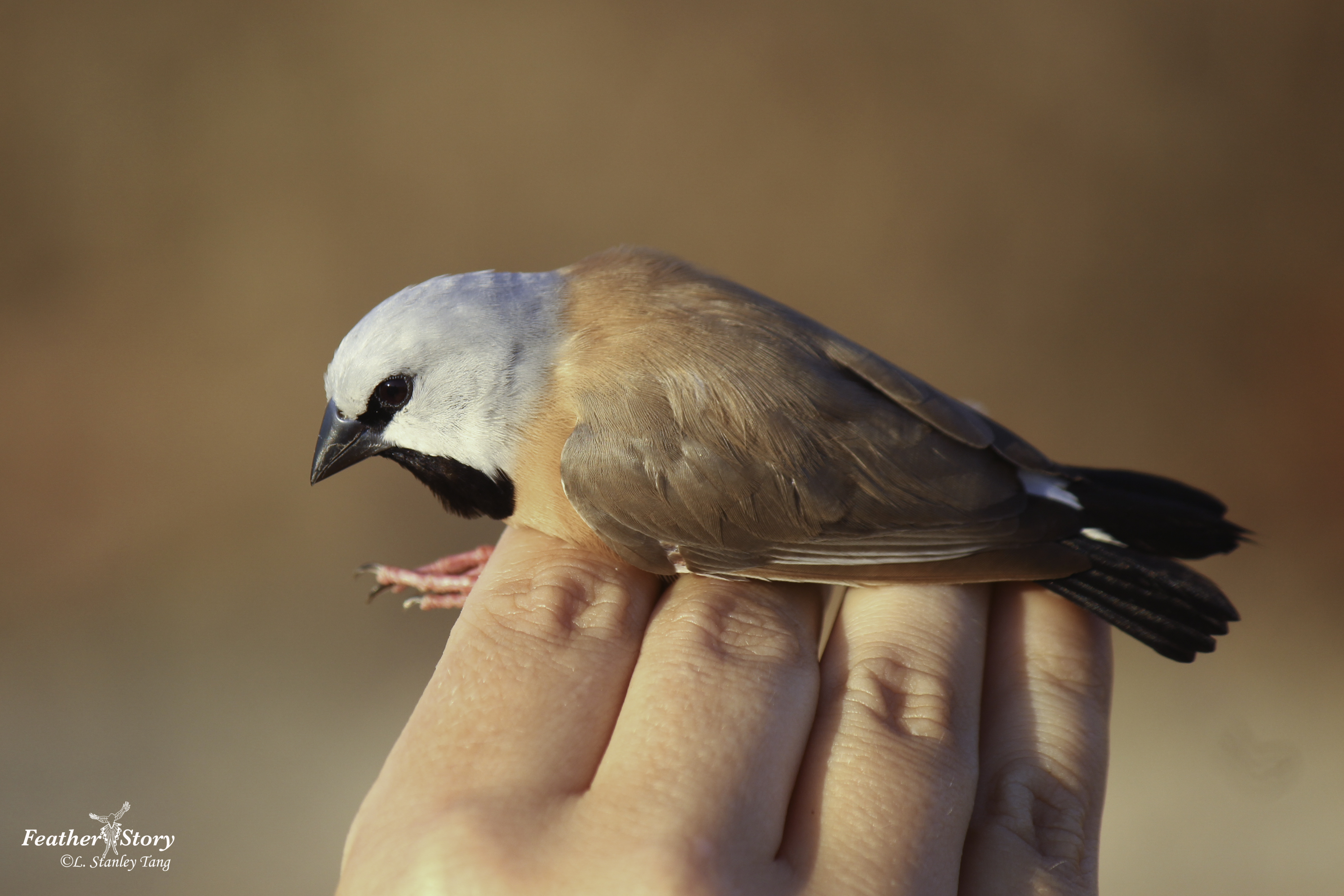
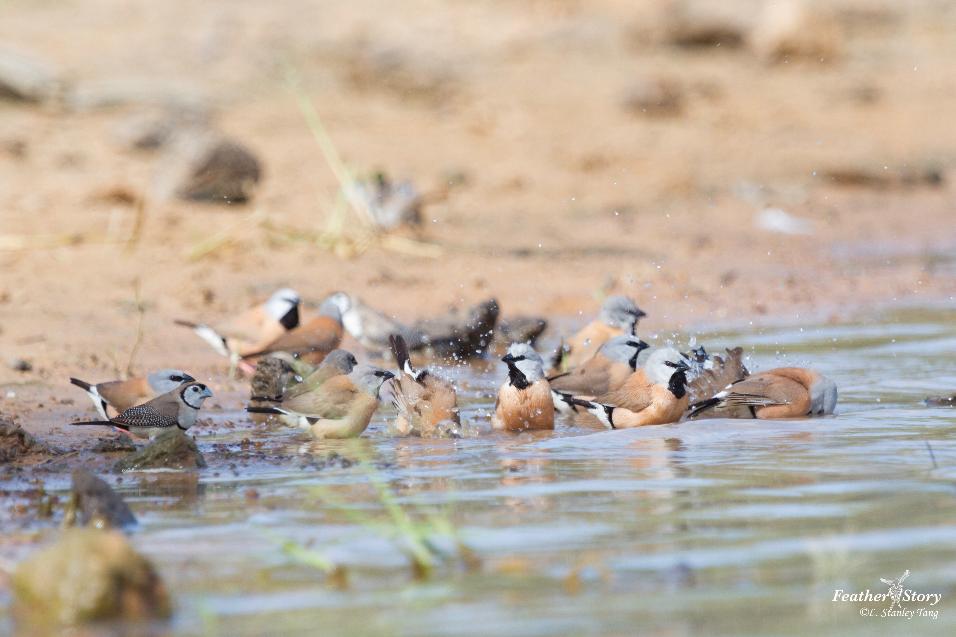
Free Worm Farms And Compost Bins Available For Northern Beaches Residents
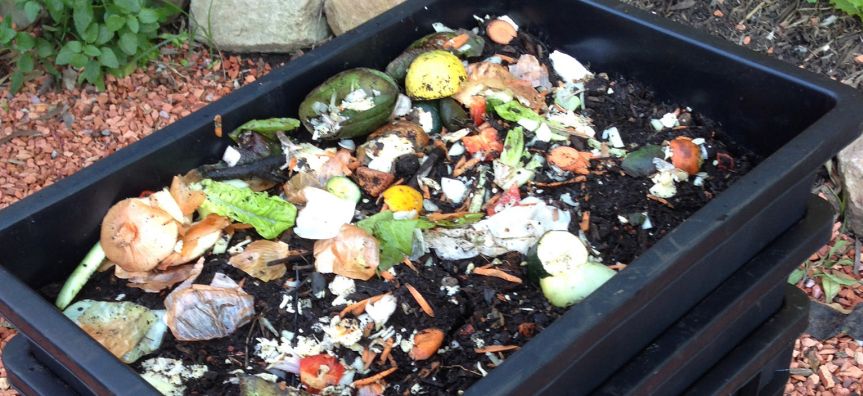
Have Your Say On: Pittwater Development Control Plan 2014 - Amendments (Environment Controls)
- water quality management
- on-site stormwater detention systems
- estuarine and coastal risk management
- consolidating requirements for different development types.
- aligning stormwater quality requirements with Council’s adopted Water Management Policy.
- new water quality treatment requirements for land located in “coastal environment areas” identified under State Environmental Planning Policy (Coastal Management) 2018.
- removal of requirements for sediment control pits for dwelling houses (given their failure to be maintained).
- removal of on-site detention requirements in defined Flood Risk Precincts.
- updating a range of terms and references to reflect recent changes to legislation.
Classification Of Land - 18 MacPherson Street, Warriewood
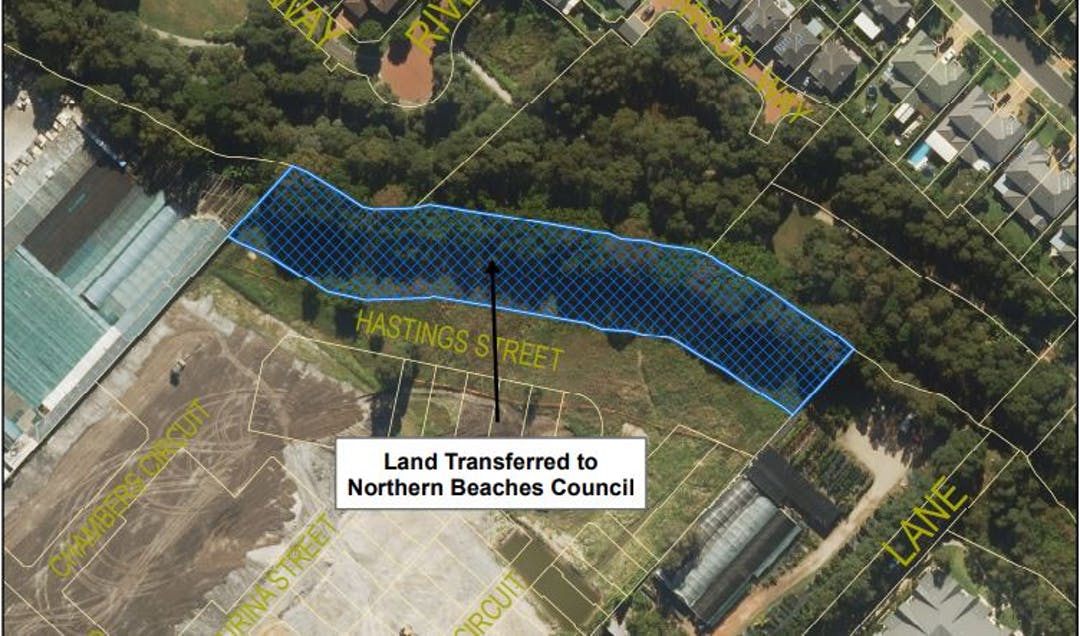
Organics Collections Grants Now Open
MANLY TO PALM BEACH
Join UNESCO To Celebrate Women In Ocean Science At World Oceans Day 2019
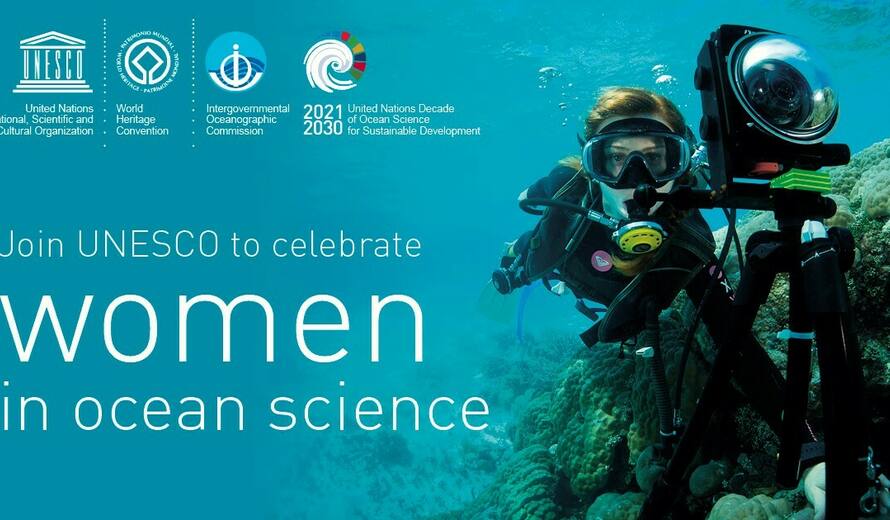
- Great Barrier Reef
- Lord Howe Island Group
- Shark Bay, Western Australia
- Heard and McDonald Islands
- Macquarie Island
- Ningaloo Coast
A Brief History Of World Oceans Day
Our Ocean Is Our Future.
Pacific Marine Mammal Center Sea Lion Rescue
Gold-Coated Fungi Are The New Gold Diggers
May 24, 2019: CSIRO
Australian scientists have discovered gold-coated fungi near Boddington in Western Australia.
The thread-like fungi attach gold to their strands by dissolving and precipitating particles from their surroundings, in a process that could offer clues for finding new gold deposits.
There may be a biological advantage in doing so too, as the gold-coated fungi were found to grow larger and spread faster than those that don't interact with gold and play a central role in a biodiverse soil community.
The discovery was made by Australia's national science agency, CSIRO, and published in the journal Nature Communications.
"Fungi can oxidise tiny particles of gold and precipitate it on their strands – this cycling process may contribute to how gold and other elements are distributed around the Earth's surface," CSIRO lead author Dr Tsing Bohu said.
"Fungi are well-known for playing an essential role in the degradation and recycling of organic material, such as leaves and bark, as well as for the cycling of other metals, including aluminium, iron, manganese and calcium.
"But gold is so chemically inactive that this interaction is both unusual and surprising – it had to be seen to be believed."
Dr Bohu is undertaking further analysis and modelling to understand why the fungi is interacting with gold, and whether or not, it's an indication of a larger deposit below the surface.
Australia is the world's second largest gold producer, and while gold production hit record peaks in 2018, forecasted estimates show that production will decline in the near-future unless new gold deposits are found.
New, low-impact exploration tools are needed to make the next generation of discoveries. CSIRO is using innovative science and technology to solve the greatest challenges, like ensuring the world has a sustainable supply of resources.
"The industry is actively using innovative exploration sampling techniques, such as gum leaves and termite mounds, which can store tiny traces of gold and can be linked to bigger deposits below the surface," CSIRO chief research scientist Dr Ravi Anand said.
"We want to understand if the fungi we studied, known as fusarium oxsporum – and their functional genes – can be used in combination with these exploration tools to help industry to target prospective areas in a way that's less impactful and more cost-effective than drilling."
The researchers also highlight the potential to use fungi as a bioremediation tool to recover gold from waste.
While Fusarium oxsporum is commonly found in soils around the world and produce a pink mycelium or "flower" – it's not something prospectors should go foraging for, as the particles of gold can only be seen under a microscope.
The discovery was made possible thanks to collaboration between CSIRO, the University of Western Australia, Murdoch University and Curtin University.
The research involved a multi-disciplinary approach harnessing geology, molecular biology, informatics analysis and astrobiology.
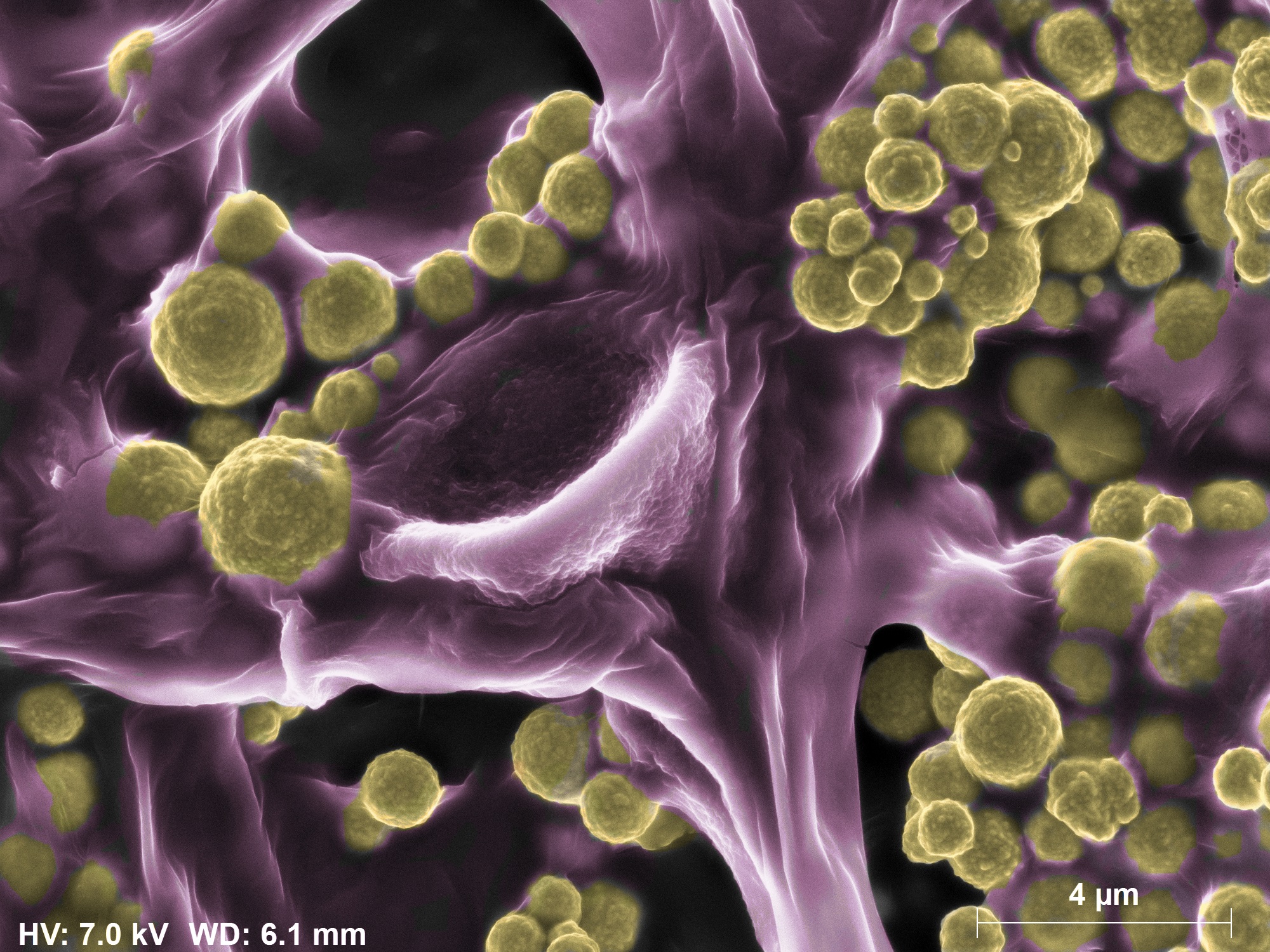
Coloured image of the gold-coated Fusarium oxsporum fungi.
Aussie High School Students Receive Prizes At International Science And Engineering Fair
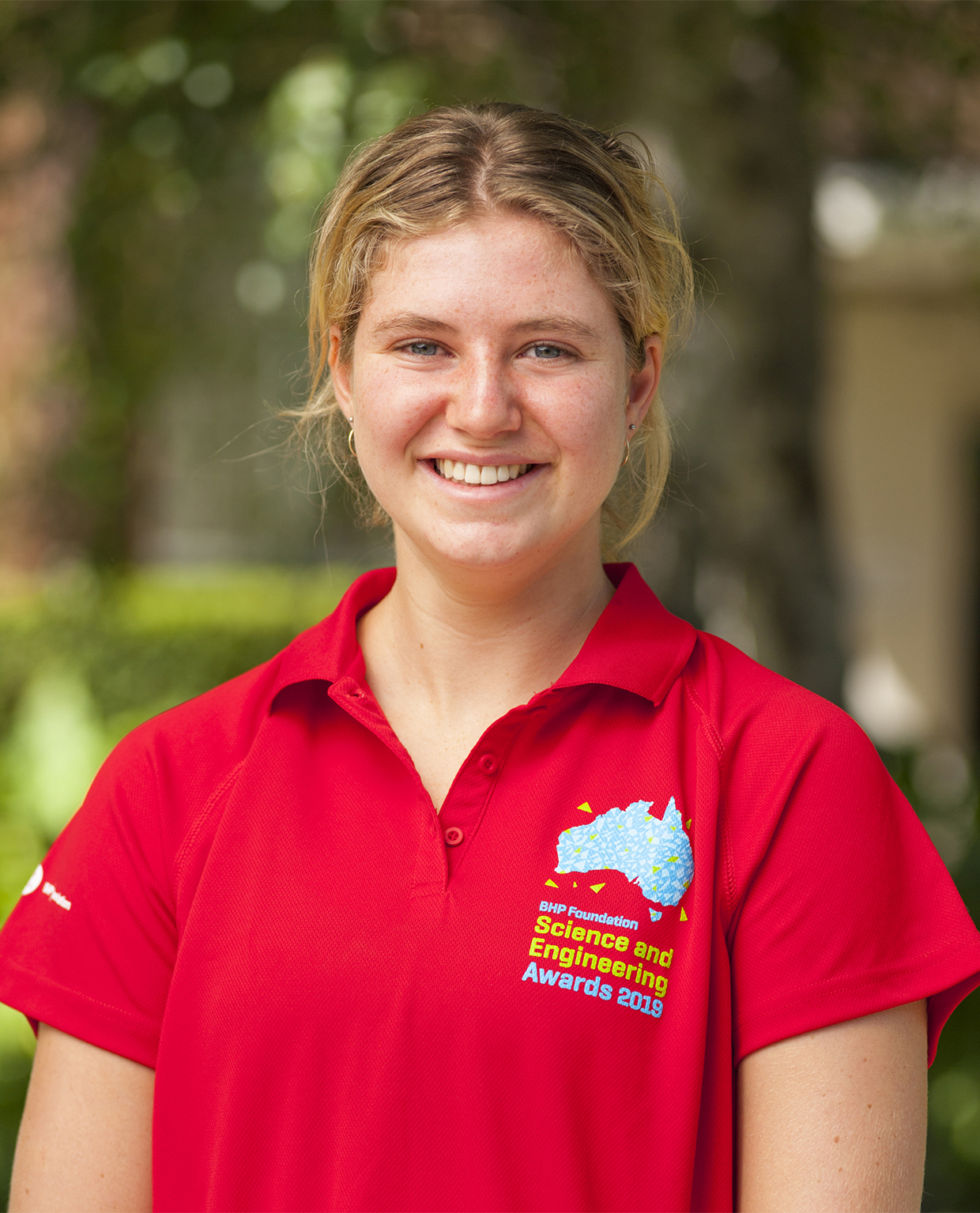

Gum Boots - For Puddles! Where Did They First Come From?

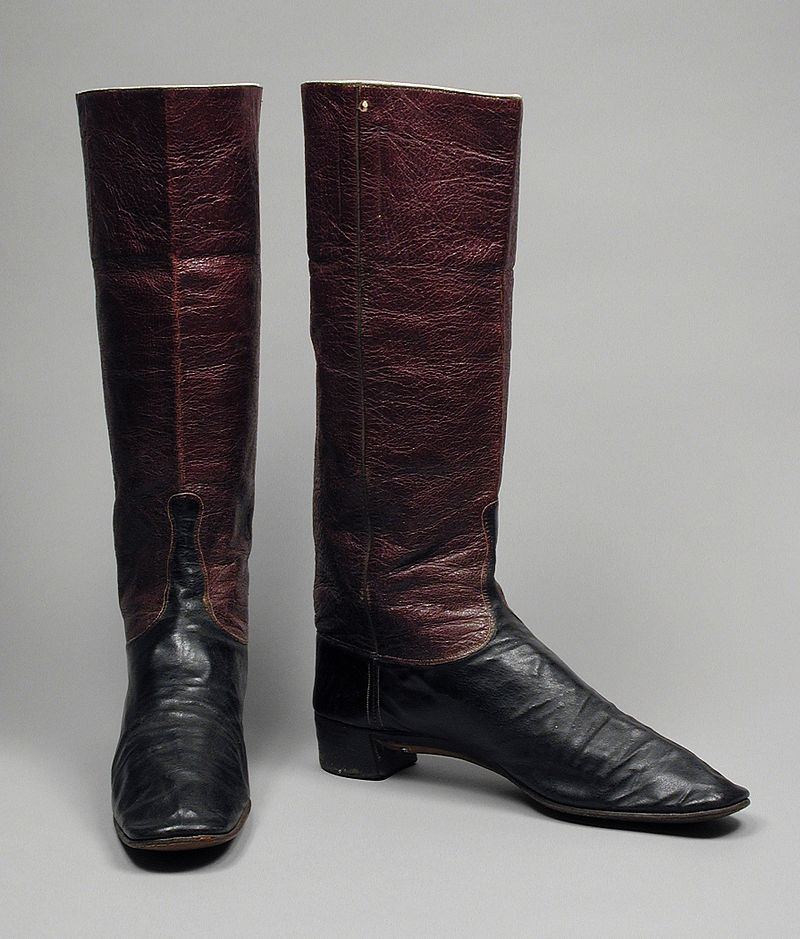
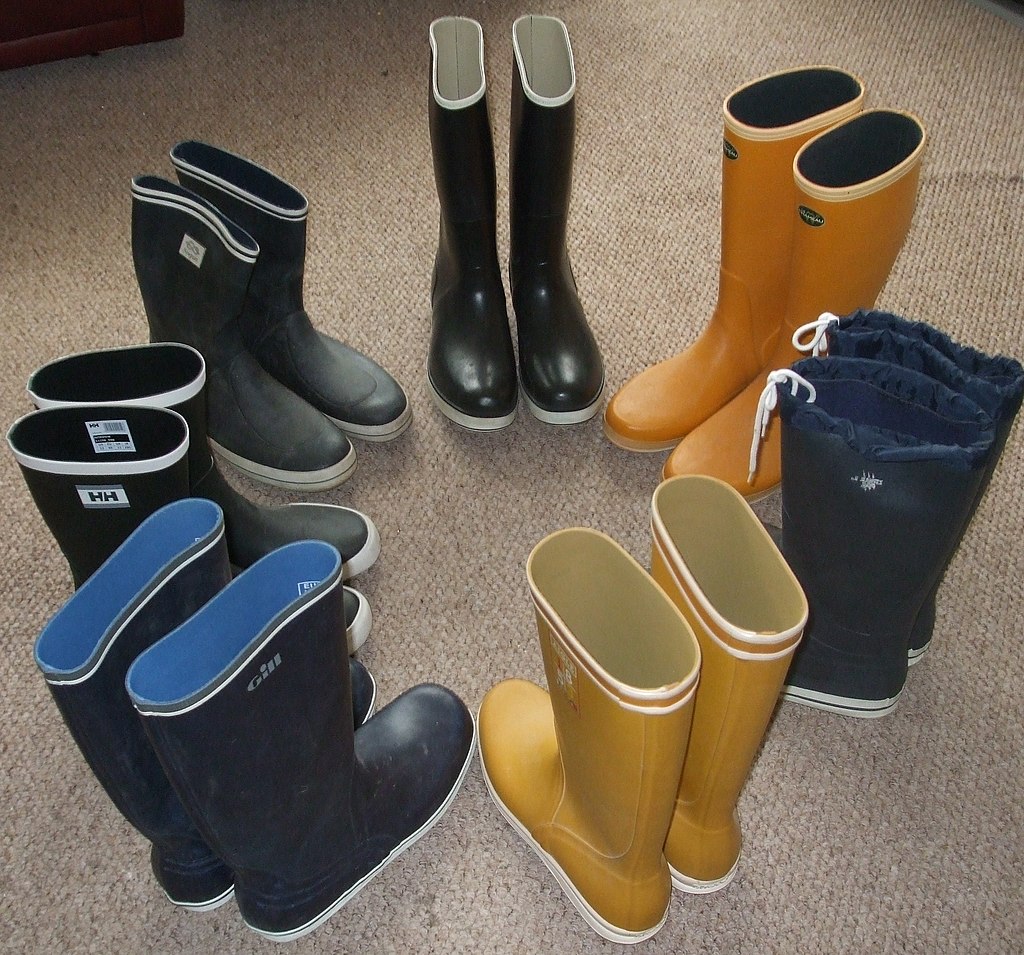

Know Your Risk: Take A Test And Help Eliminate HIV
Ride For Free On The Northwest Metro
- Tallawong station
- Rouse Hill station
- Kellyville station
- Bella Vista station
- Norwest station
- Hills Showground station
- Castle Hill station
- Cherrybrook station
- Epping station
- Macquarie University station
- Macquarie Park station
- North Ryde station
- Chatswood station.

Optical Illusions Reveal Regular Waves Of Brain Activity Enable Visual Feature Integration
Public Hospital Admissions Growing Faster Than Private
Study Identifies Dog Breeds, Physical Traits That Pose Highest Risk Of Biting Children
- Most bites to children occur from a family dog when the dog is resting and the child approaches. Try to provide and encourage resting places away from where children run and play.
- Many bites to children occur even when an adult is in the room. If you can't devote your attention to the interactions between the dog and child, it may be best to have a physical barrier between them, such as a baby gate or crate for the dog. This is especially important for toddlers whose behaviors may be more erratic, unpredictable or frightening to a dog.
- Teach children to let resting dogs lie and to stay out of dog crates, beds and other resting places that are designated for the dog. If the dog's favorite spot is on the couch, put a towel or blanket down to clearly delineate the dog space versus child space.
- Children should not approach, touch or otherwise interact with dogs while they are eating. Provide quiet areas for dogs to eat away from areas where children run and play. Rawhides and other flavored chews should only be given when dogs are separated from child play areas.
- Teach children to find an adult if a dog takes one of their toys or snacks. Children should never attempt to retrieve these items themselves.
How Ocean Melts Antarctic Ice Sheet
Disclaimer: These articles are not intended to provide medical advice, diagnosis or treatment. Views expressed here do not necessarily reflect those of Pittwater Online News or its staff.